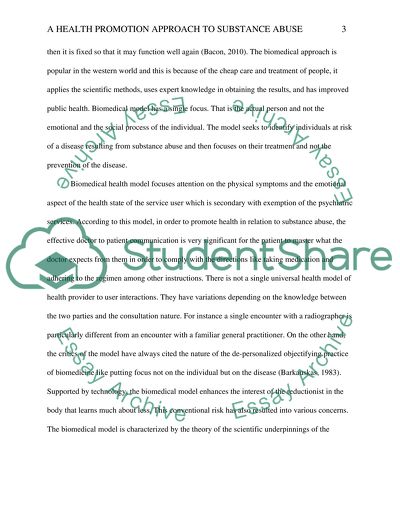Cite this document
(“A Health Promotion Approach to Substance Abuse Research Paper”, n.d.)
Retrieved from https://studentshare.org/health-sciences-medicine/1398880-a-health-promotion-approach-to-substance-abuse
Retrieved from https://studentshare.org/health-sciences-medicine/1398880-a-health-promotion-approach-to-substance-abuse
(A Health Promotion Approach to Substance Abuse Research Paper)
https://studentshare.org/health-sciences-medicine/1398880-a-health-promotion-approach-to-substance-abuse.
https://studentshare.org/health-sciences-medicine/1398880-a-health-promotion-approach-to-substance-abuse.
“A Health Promotion Approach to Substance Abuse Research Paper”, n.d. https://studentshare.org/health-sciences-medicine/1398880-a-health-promotion-approach-to-substance-abuse.


